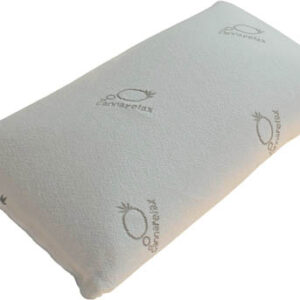
Cannabis turns the body into “something soft, light”, it is said in the “Pen Tsao” Chinese, the oldest medical book of humanity that is still preserved and is supposed was compiled in the year 2737 B.C. by the mythical Emperor Shen Nung-who recommended cannabis to cure various ailments: from gout and rheumatism to malaria, constipation and dementia.
Marijuana contains a variety of active compounds, approximately 400, 60 which are called cannabinoids. The main psychoactive substance is delta-9-tetrahydrocannabinol (THC), which is found mainly in the flowers and leaves in concentrations ranging from 0.5% -5%, also contains THC cannabis, cannabidiol (CBD), cannabinol (CBN) and cannabigerol (CBG) in amounts which may modify the effects of THC or cause effects themselves.
Cannabinoids have demonstrated an acceptable reduction in side effects of chemotherapy, such as nausea and vomiting, also in other causes of nausea including AIDS and hepatitis. Also, stimulate appetite the AIDS patients. They have beneficial effect on spasticity caused by multiple sclerosis or spinal cord injury as well as an improvement in pain, paresthesia, tremor and ataxia. There are reports about the benefit syndrome Tourette’s, in dystonia and tardive dyskinesia. It has been found to reduce intraocular pressure in glaucoma patients and is used as antiepileptic.
For some years you can get on the market an active substance produced by synthesis hemp: dronabinol (Marinol) containing synthetic THC and nabilone (Cesamet) containing synthetic CBN.
There are arguments that reinforce the benefits of using the plant against synthetic extracts prepared or isolated. For example, the CBD attenuates the excitation produced by THC, which explains the effect type according to the proportion THC: CBD. It has also been observed permeability barrier of the brain, so their coadministration improve its effectiveness.








